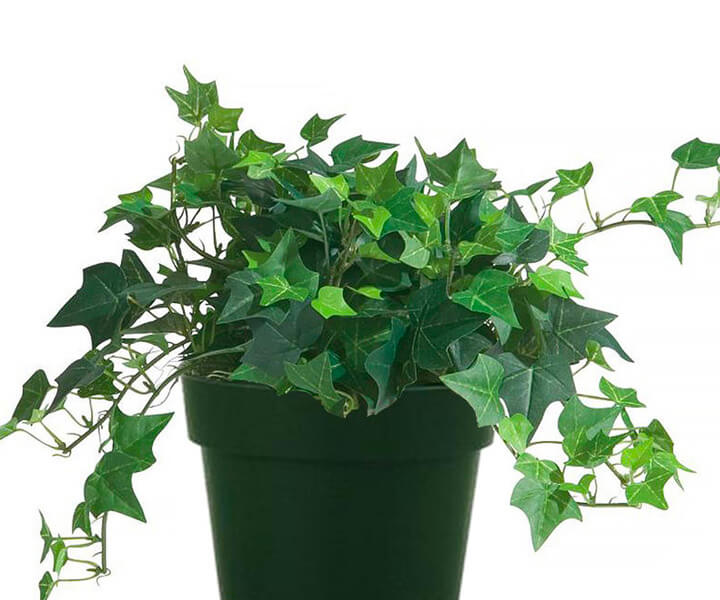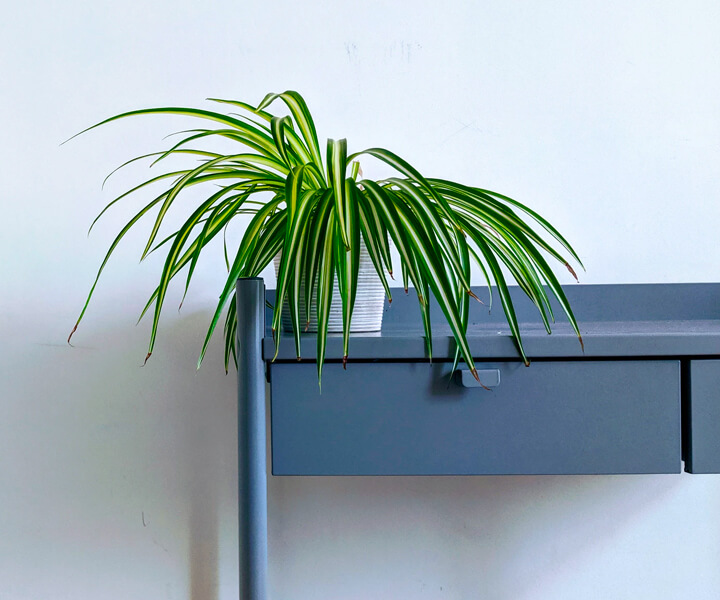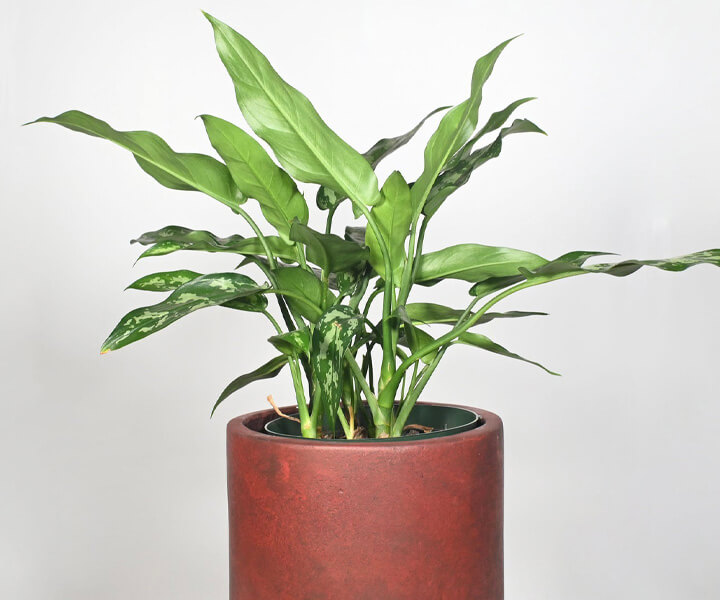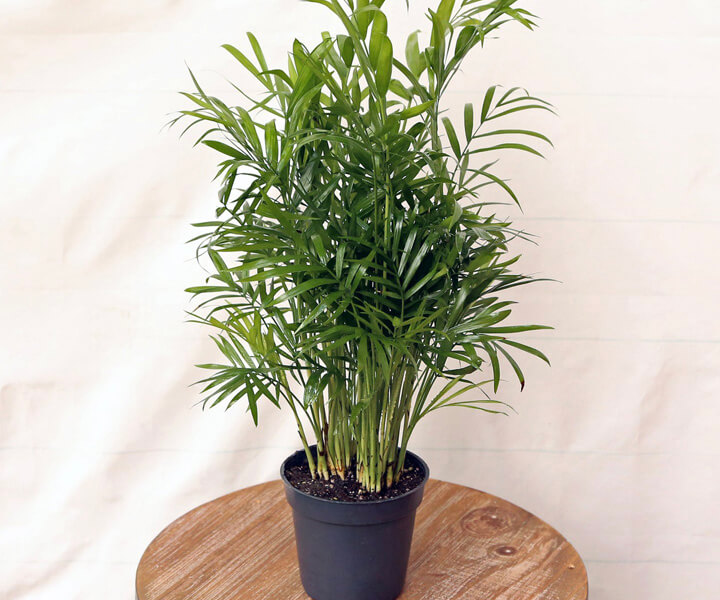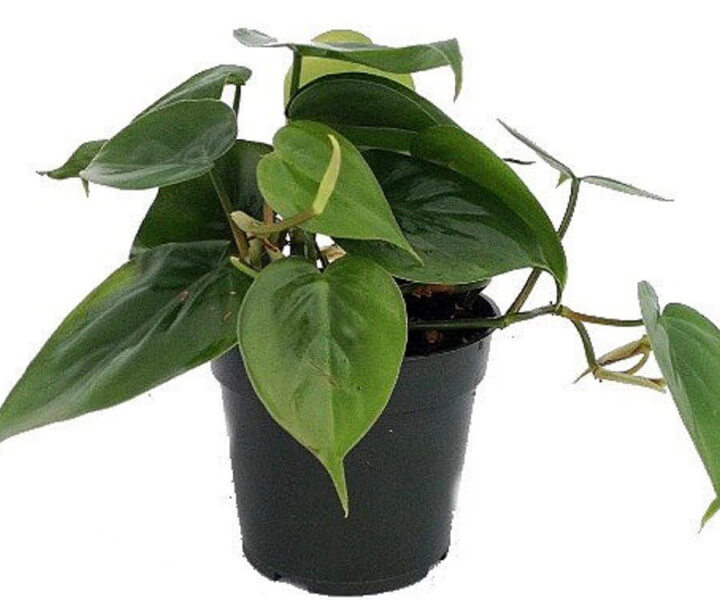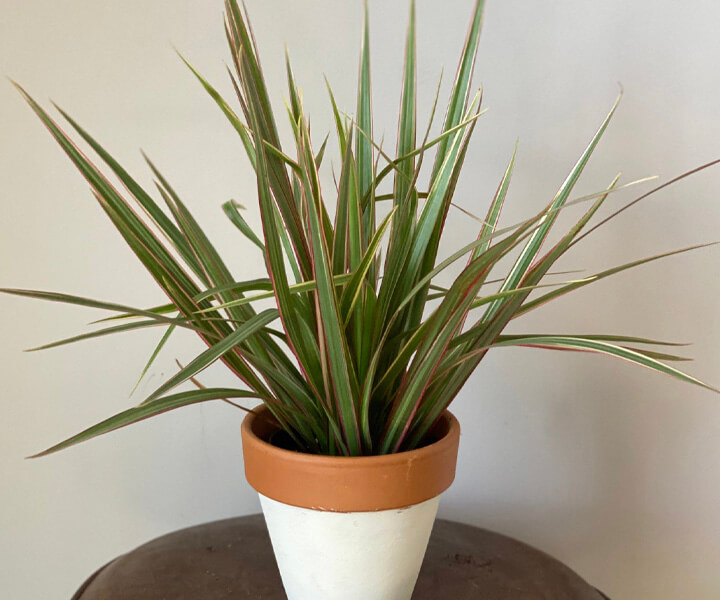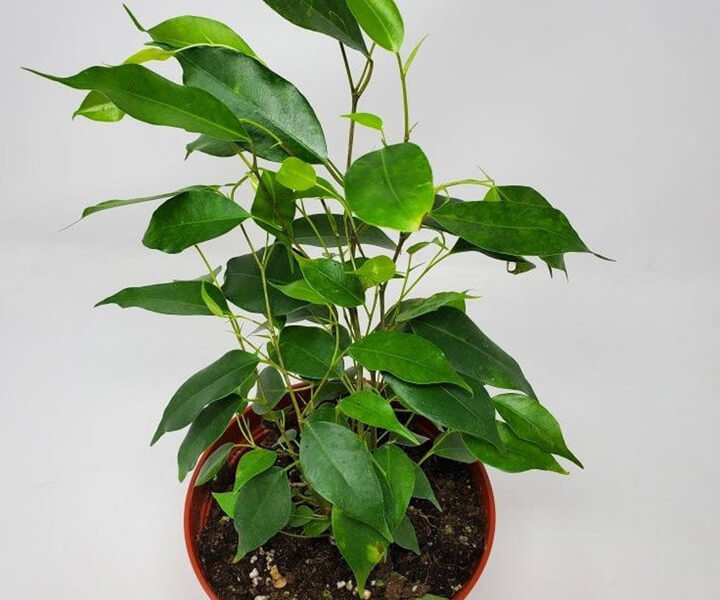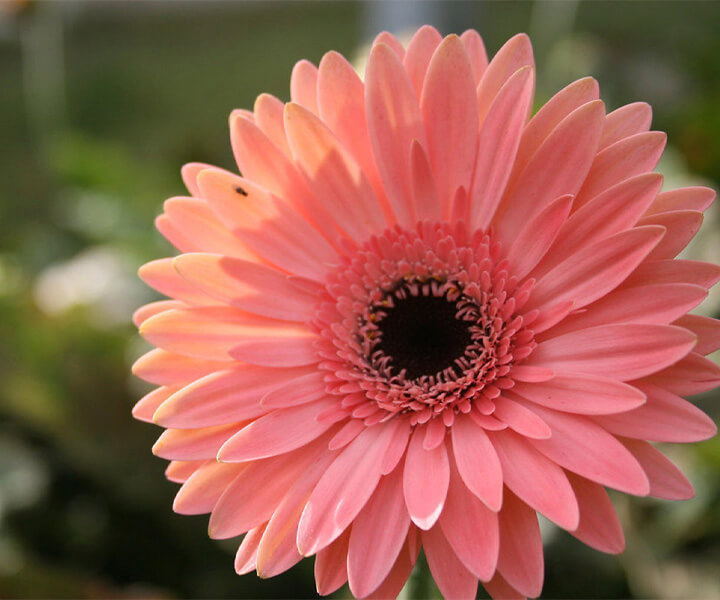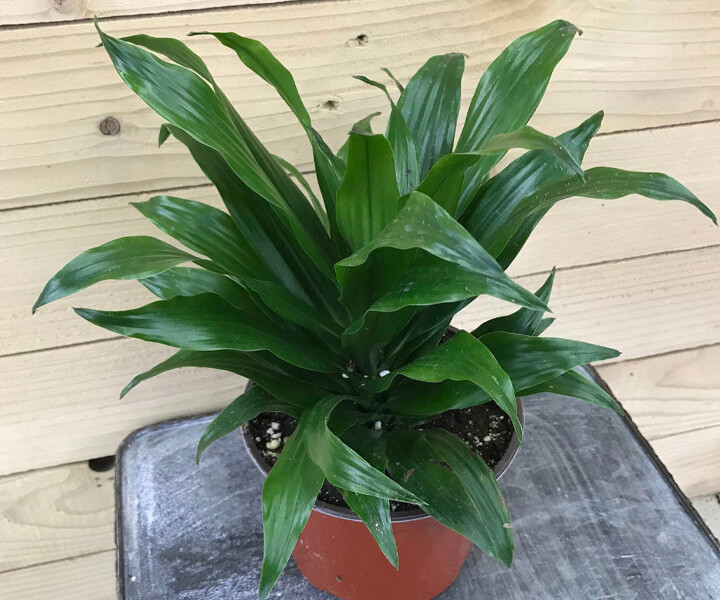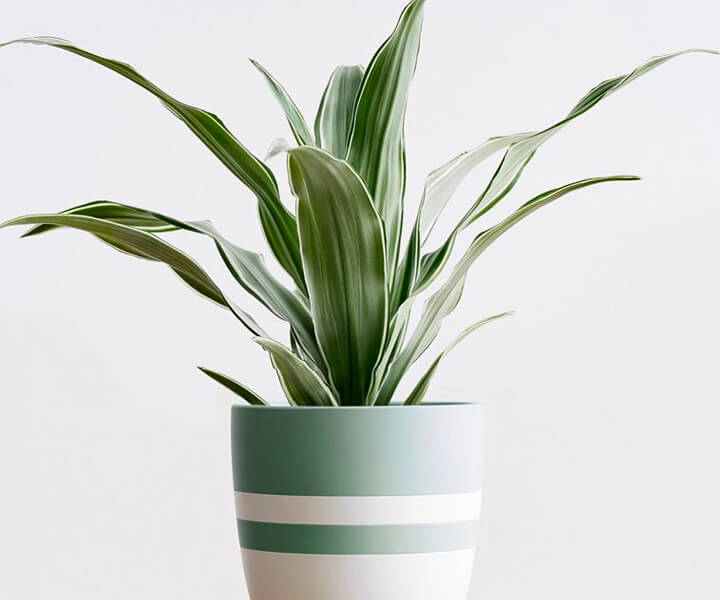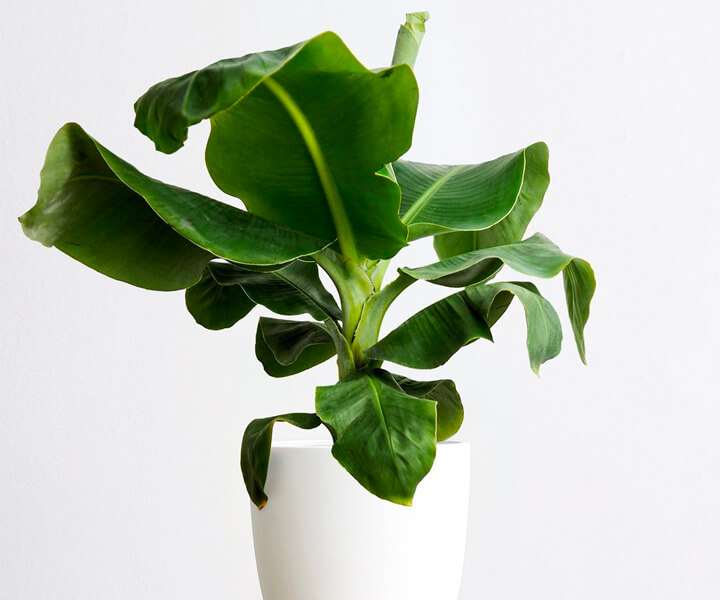Best Plants for Healthier Indoor Air
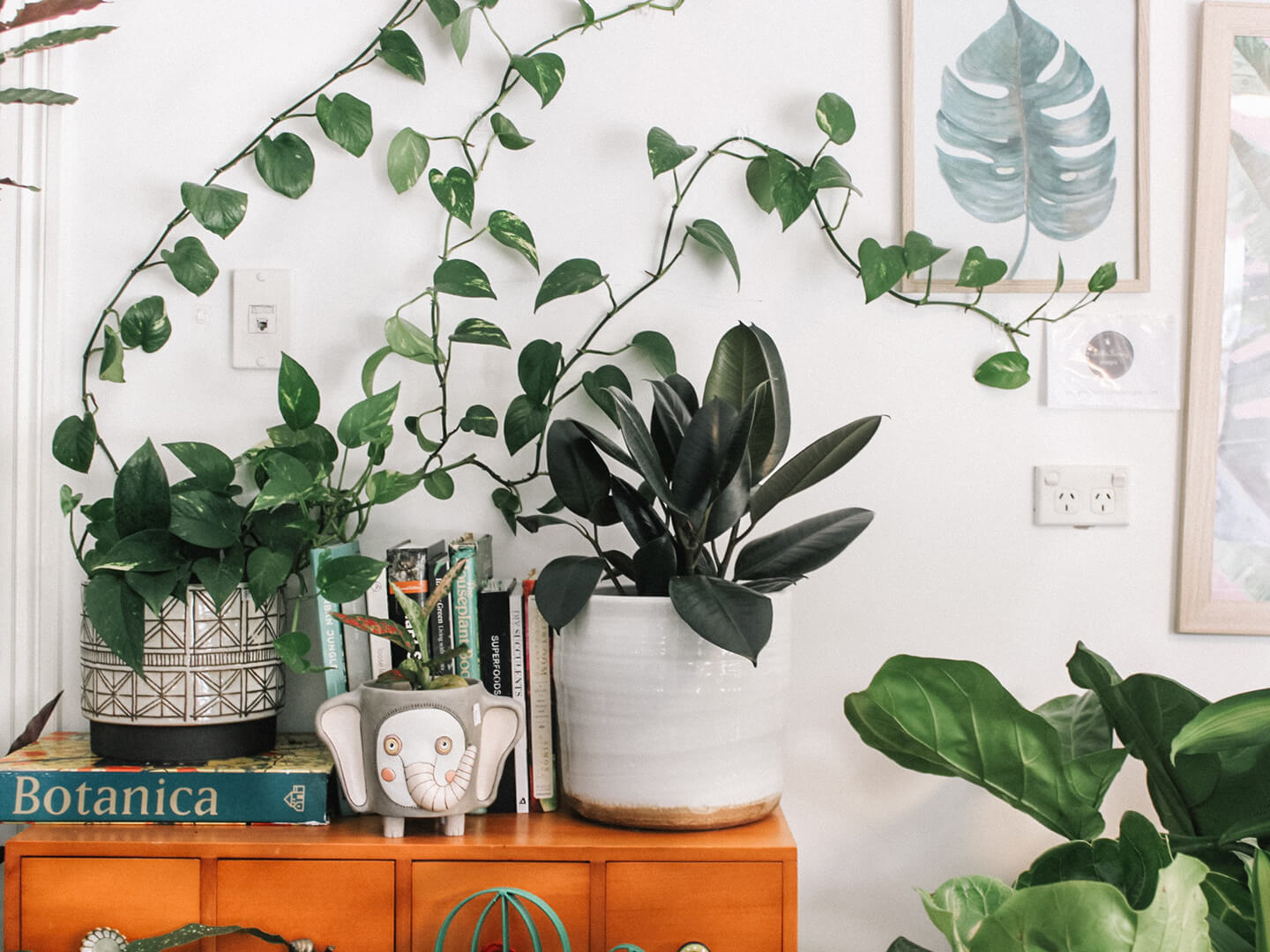
When you add houseplants to rooms in your home, you’re not just adding attractive greenery. These living organisms interact with your body, mind and spirit in ways that enhance the quality of your life.
NASA’s 1989 study of a plant’s leaves, roots, soil, and associated microorganisms sought to evaluate plants as a possible means of reducing indoor air pollutants. Since that initial groundbreaking work, many other studies have been conducted. At every turn, the health benefits of plants is confirmed.
It shouldn’t really surprise us, though. Simply walk into a room that includes healthy plants as part of its decor and you will experience a positive reaction, whether you consciously realize it or not. Our response to indoor plants is an extension of our love of nature. It feels good to be around plants.
Scientists are beginning to document many of these benefits. For instance, the Dutch Product Board for Horticulture commissioned a workplace study that discovered that adding plants to office settings decreases fatigue, colds, headaches, coughs, sore throats and flu-like symptoms. In another study by the Agricultural University of Norway, sickness rates fell by more than 60 percent in offices with plants (See “5 Benefits of Houseplants” BioAdvanced.com).
There is far more work to be done to understand how plants can be used to improve air quality in our homes. For now, though, there’s more than enough evidence to support adding as many plants to your home as you’d like.
“There’s so much pollution in the air now that if it weren’t for our lungs there’d be no place to put it all.” —Robert Orben
Air Purifying Plants
This list of plants comes from the 1989 NASA studies of plants that have air-purifying capabilities.
English ivy (Hedera helix)
Spider plant (Chlorophytum elatum)
Pothos plant (Epipremnum aureum)
Peace lily (Spathiphyllum ‘Mauna Loa’)
Chinese evergreen (Aglaonema modestum)
Bamboo palm (Chamaedorea seifrizii)
Snake Plant (Dracaena trifasciata ‘Laurentii’)
Heartleaf philodendron (Philodendron cordatum)
Red-edged dracaena marginata (Dracaena marginata)
Cornstalk dracaena (Dracaena fragrans ‘Massangeana’)
Gerbera daisy (Gerbera jamesonii)
Pot mum (Chrysanthemum morifolium)
Aloe vera (Aloe vera)
Janet Craig (Dracaena deremensis “Janet Craig”)
Warneckei (Dracaena deremensis “Warneckei”)
Banana (Musa oriana)
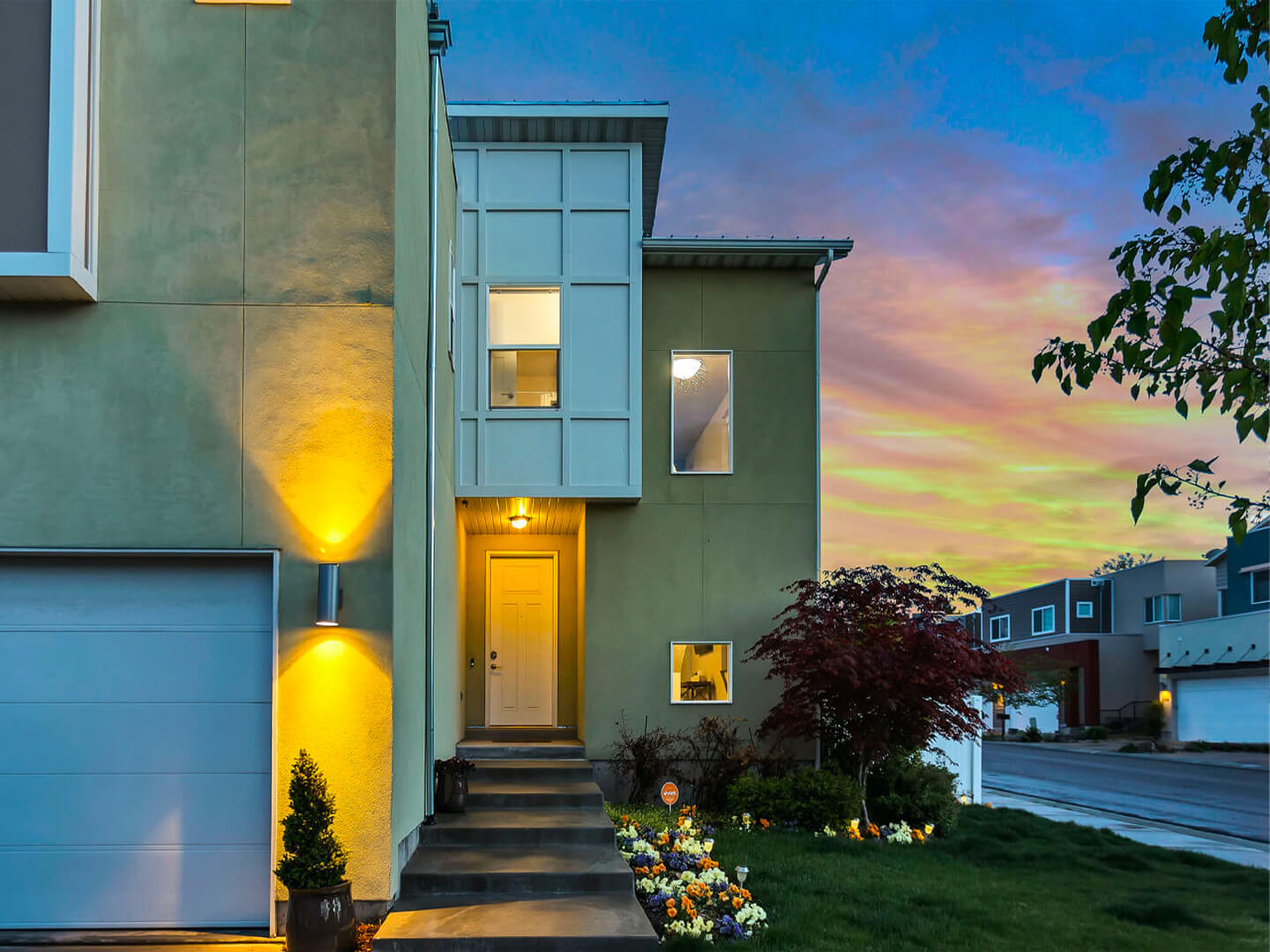
Indoor Air Pollution and Health
According to the American Lung Association, people take an average of 21,600 breaths per day. With 80% of our time spent indoors, the quality of the air we breathe is very important to our health. A variety of harmful containments including carbon monoxide, radon, mildew, molds, secondhand smoke, allergens, and chemicals can mix together in our home creating polluted air that can lead to increased asthma rates and exacerbate respiratory conditions. In commercial settings the consequences can be even more severe.

